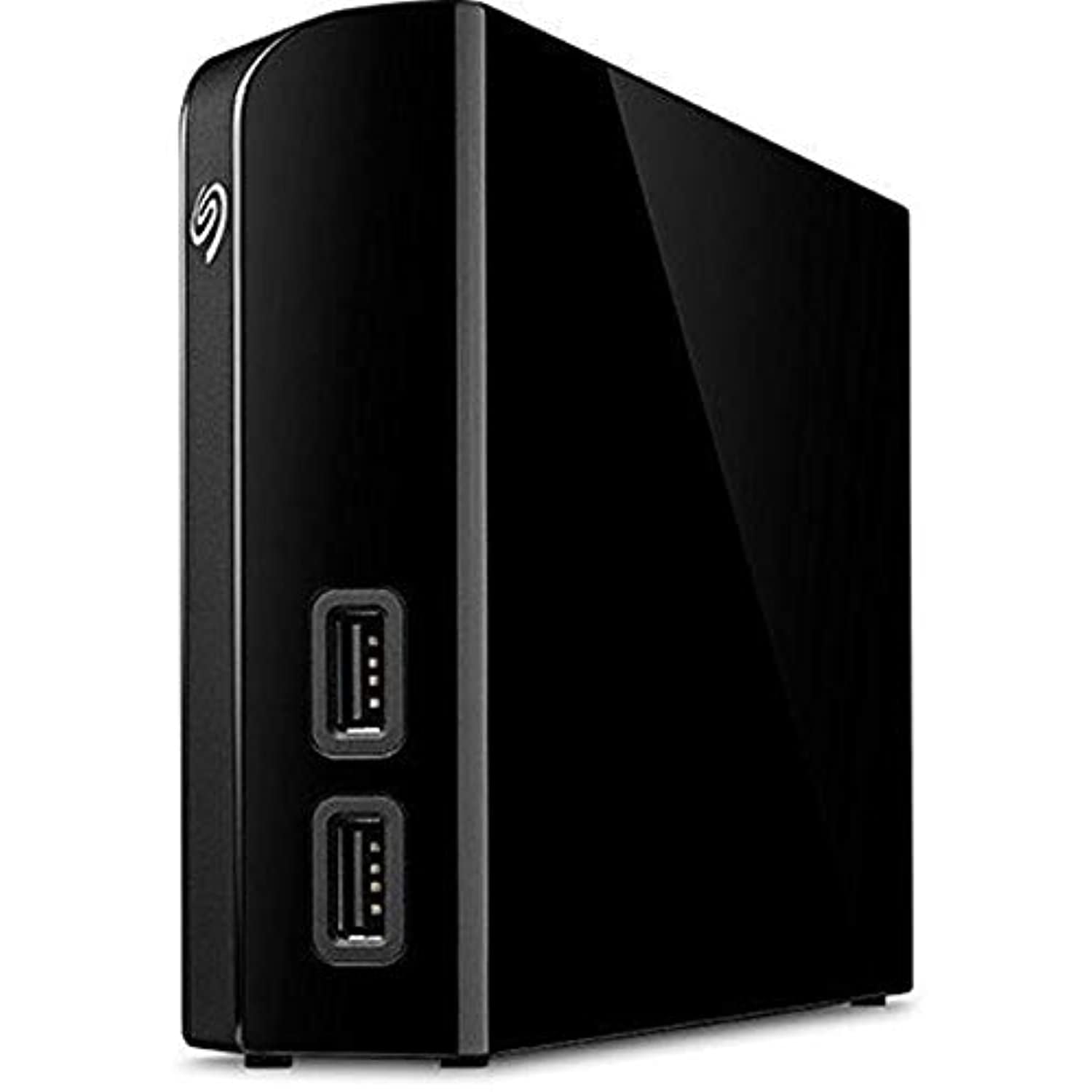

- #FORMAT SEAGATE FOR MAC AND PC ON WINDOWS HOW TO#
- #FORMAT SEAGATE FOR MAC AND PC ON WINDOWS MAC OS X#
- #FORMAT SEAGATE FOR MAC AND PC ON WINDOWS MAC OS#
- #FORMAT SEAGATE FOR MAC AND PC ON WINDOWS INSTALL#
- #FORMAT SEAGATE FOR MAC AND PC ON WINDOWS WINDOWS 10#
You will see the contents of the HFS+ drive in the app window.Connect your Mac-formatted drive on your Windows PC and select ‘ Load file system from the device’ from File in the menu bar.

It will prompt you if your system doesn’t have Java installed, if you already have, it will run normally.
#FORMAT SEAGATE FOR MAC AND PC ON WINDOWS INSTALL#
#FORMAT SEAGATE FOR MAC AND PC ON WINDOWS WINDOWS 10#
To read drives formatted in Mac on your Windows 10 PC, here’s what you need to do, just follow these simple steps.
#FORMAT SEAGATE FOR MAC AND PC ON WINDOWS HOW TO#
How To Read Mac’s UFS Drive On Windows 10 If you are trying to use a drive formatted in Mac on Windows 10, it’s possible. The macOS Extended (HFS+) is a file system used by Mac and it can only be read by default in Mac systems, unlike Windows. The UFS+ is the file system by Apple’s Macintosh and if you are using a Mac-formatted drive on your PC, chances are it’s not readable by Microsoft Windows 10. It’s easier for your PC to read NTFS (Windows file system) and FAT32/exFAT, however, the Windows 10 can’t actually read drives formatted in other file systems that are likely coming from Mac (HFS+) or Linux (ext4).
#FORMAT SEAGATE FOR MAC AND PC ON WINDOWS MAC OS#
If you want your Mac to be able to write to this partition, you'll need third-party software to enable this on Mac OS X.By default, your Windows PC can’t access the drives that are formatted in the Mac file system.
#FORMAT SEAGATE FOR MAC AND PC ON WINDOWS MAC OS X#
This would be a good volume to install Windows onto, but beware that Mac OS X only has read-only support for NTFS built-in. If you want the drive to have a volume that's more optimal for Windows than FAT, give it an NTFS partition as well.The FAT volume format is showing its age, but a huge variety of OSes know how to work with it. This is a good place to put files that you want both Mac and Windows to have read/write access to. Give the drive one FAT32 (MS-DOS) partition, which both Mac OS X and Windows can read and write.This volume format accommodates Mac OS X and Mac files the best. Give the drive one HFS+J (Mac OS Extended, Journaled) partition large enough to install Mac OS X onto (10GB+).Also avoid Apple Partition Map, which Windows machines would have no clue about. Avoid Master Boot Record, which Intel Macs can't boot from. Reformat the drive, using the GUID Partition Table (GPT) as the low-level partition table format.If you want something that both machines / OSes can read a write, and that can act as an emergency boot drive for either machine, do this: Using additional software like this will probably create a performance hit, but how noticeable it is depends on your usage pattern. You should choose the filesystem that you plan on using most frequently so that it is as fast as possible and then reformat the disk accordingly. On the Mac, this can be accomplished using add-ons related to the MacFuse project. Look at additional software which will allow for either NTFS or HFS+ to be read on OS X and Windows respectively. This could be used to move data between the Mac and the Windows machine, but would suffer from all the same FAT32 issues mentioned above. In addition to limitation to file sizes < 4 GB, you also lose a lot of nice features on HFS+ such as permissions and journalling.Ĭreate a FAT32 partition on the disk along side the existing HFS+ partition. Reformat the disk to FAT32, which ( as suggested by Michael Sturm) is the lowest common denominator in file systems between OS X and Windows. This file system type is not natively supported by Windows, which is why the disk will not mount when you plug it into your laptop. If it is Mac OS Extended or a something similar then your disk is using the HFS+ file system, which is the default for OS X. the name you see in your file tree when the disk mounts under OS X) what do you see for the Format at the bottom of the window? If you open the Disk Utility application on your Mac with the disk connected, you should be able to see it in the list of disks on the left hand column of the Disk Utility window.


 0 kommentar(er)
0 kommentar(er)
